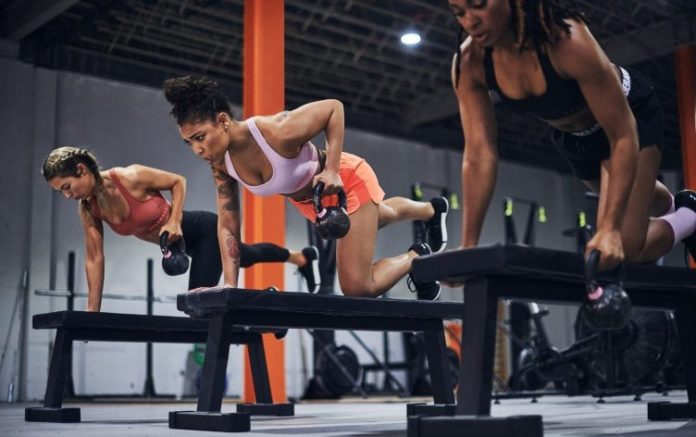
You likely tend to do everyday tasks with the same side of your body — for example, you always go up the steps with the same foot first, you carry your bag on the same shoulder or you reach for items in the grocery store with the same hand while the other stays on the cart handle.
Tooth brushing, smartphone scrolling, kicking a cupboard door closed — all of these seemingly minor actions add up over time, resulting in a “dominant” side of the body. And that can lead to muscle imbalances that translate into less-than-ideal fitness performance and even a higher risk of injury.
That dominance can happen in the gym, too. You might not realize it, but one side might be doing more work than the other, creating muscle tension along the way.
IMBALANCE AND POOR POSTURE
“When you have this type of difference on one side of the body, it can affect posture, especially if that side is very dominant,” says Devin Christman, DPT, of Good Shepherd Rehabilitation in Pennsylvania. “You’re working muscles on one side more, and that can lead to strain, chronic pain and other issues.”
Poor posture has been linked to back problems, frequent headaches, joint pain, respiratory difficulty and even digestion trouble and fatigue. If you start to have muscle weakness on that dominant side due to overuse, you could be setting yourself up for additional bad-posture effects, Christman adds, because your non-dominant side may not be strong enough to take up the slack.
“Basically, your body will try to compensate, but if there’s a significant imbalance, that will result in overcorrection,” he says. “That can lead to even more strain, especially on muscles that aren’t used to that level of activity.”
TIPS TO CORRECT IMBALANCES
In addition to helping prevent and resolve posture concerns, addressing muscle imbalances can also be a boon for improving flexibility, balance and strength, while lowering your risk of injury, according to trainer Aaron Leventhal, owner of Fit Studios in Minneapolis.
He recommends these strategies for building strength and endurance in a way that is equal for both sides of your body:
1
DO UNILATERAL EXERCISES
These movements are single-arm or single-leg exercises that tend to highlight muscle imbalances. For example, instead of doing a chest press with a barbell, you would do a “seesaw” press with two dumbbells, so you’re pressing one side at a time. Other unilateral examples include lunges, single-leg squats, box stepups, single-arm rows and bicep curls.
2
START WITH YOUR NON-DOMINANT SIDE
If you begin a workout with your dominant side, you may have less energy when it comes to switching sides. Also, Leventhal suggests letting your “weaker side” determine your workout volume, so you’re doing the same set of reps and sets on each side. That might not feel like enough for your dominant side, but the point is to get them balanced, so this strategy gives your weaker side a chance to catch up in terms of strength.
3
FOCUS ON MOBILITY
Sometimes, imbalances are created because one side is not as flexible as the other or there are mobility issues that cause you to favor one side over the other. Doing full-body mobility exercises can bring elasticity to your tissues, easing muscle imbalances.
4
INCLUDE EVERYDAY TASKS
An additional tactic is to do more everyday tasks with your non-dominant side. It might feel strange at first to brush your teeth with your other hand or step up with your left foot instead of your right, but with practice, you can start to “even up” and that helps speed your progress.
Plus, Leventhal adds, you’ll create more body awareness overall — and even stay more present for a mindfulness boost.
“Like anything, it’s just a matter of creating good habits and staying consistent,” he says.










